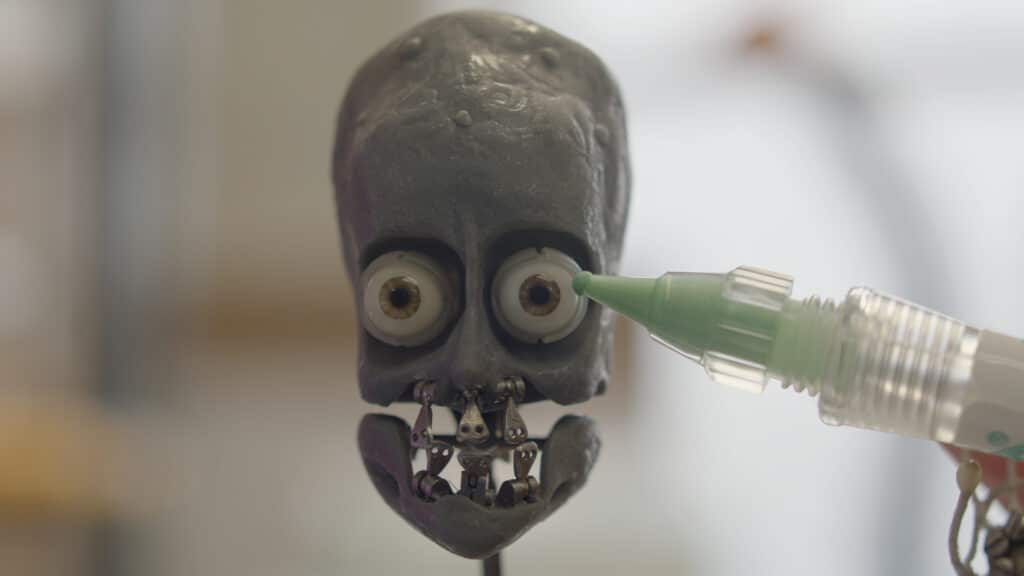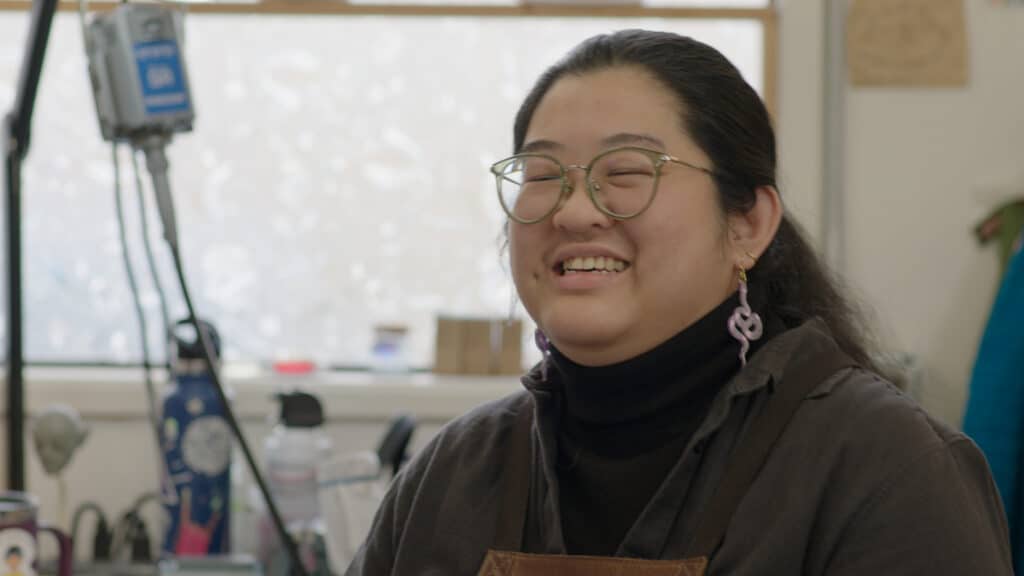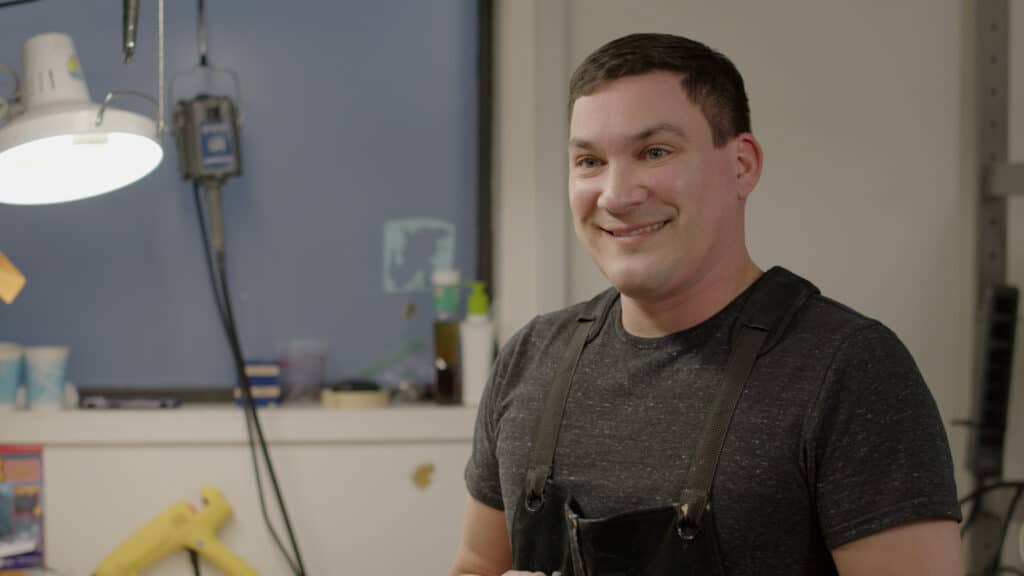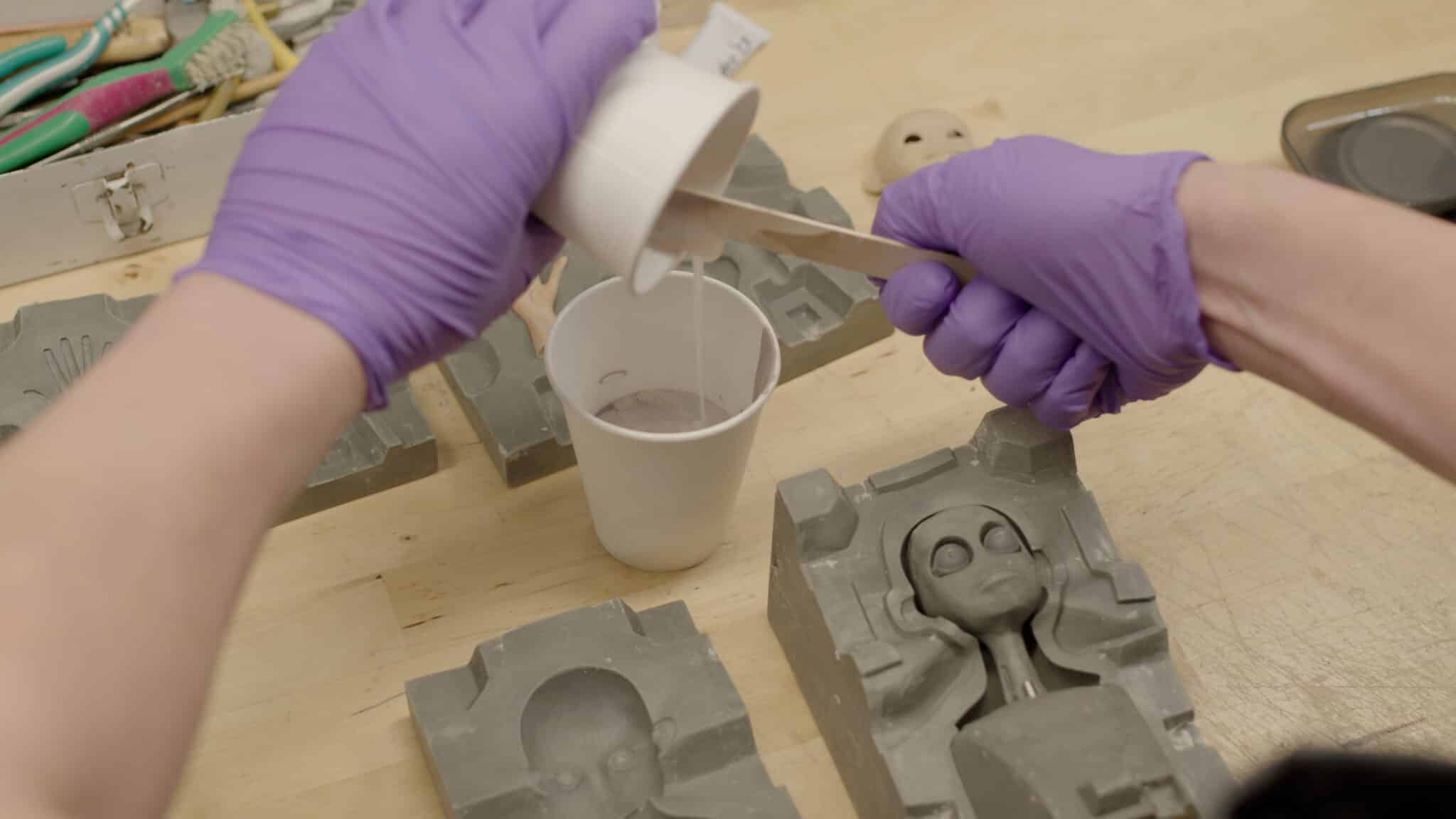Cinema, One Frame at a Time
Have you ever seen movies like Guillermo Del Toro’s Pinocchio and wondered, “How do they do that?” Let’s take a trip to Academy Award–winning stop-motion studio, ShadowMachine, to find the answer.
Stop-Mo Stories
STEAM has been integrated into filmmaking since the very beginning. Advancements in photochemistry and engineering gave way to the camera, which allowed for all types of moviemaking—including animation.
What’s the History ?
Stop-motion animation is an animation style that relies on individuals manipulating objects to give the appearance of movement—basically, taking a model, taking a picture of it, moving the model a little bit, taking another picture, and so on until, when played together, there is the appearance of movement.
Stop-motion has been an animation tradition for over 130 years. The first film in the medium is widely considered to be 1898’s The Humpty Dumpty Circus (Blackton, 98), which used children’s toys as puppets. From this point, the medium only continued to expand. 1925’s The Lost World (Hoyt), an adaptation of the Arthur Conan Doyle novel of the same name, was a seminal work of animator Willis O’Brien who went on to animate the original King Kong film in 1933. Techniques for these projects used ball-and-socket joint armatures similar to those found in stop-motion films today.
Stop-motion has a storied history in Portland. Will Vinton and his studio, known for their work on the California Raisins, The PJ’s, and Michael Jackson’s Moonwalker, had their offices in Northwest Portland. Born in McMinnville, Vinton’s medium of Claymation, a stop-motion technique that utilizes movable clay figures to give lifelike movement, became world renown, garnering Academy Awards and famous mascots that still endure today. LAIKA, the studio behind Coraline and the upcoming Wildwood, was formed from Vinton’s studios and has set up shop in an expansive Beaverton studio.
These pioneers are making the next generation of stop-motion films more sophisticated and cinematic. With a slate of upcoming stop-motion films in the next several years, the genre is booming!
Engineering Movies
21st Century skills such as 3D printing, material science, and industrial design are being applied to stop-motion in order to bring the medium into the future. Through a coordinated effort of many departments, both in front of and behind the camera, visionary directors and artists can bring their imaginations to life. Science comes in when engineers, material scientists, industrial designers, and chemists work together to put the needed assets together for the films ShadowMachine produces.


Meet Elsa, she is responsible for making the costumes that bring the characters to life. Material science is key to this process. Her expertise comes from understanding how fiber works within different materials- each type has its own benefits and challenges when constructing garments. There is engineering in her miniature costumes-in order to create the illusion that the clothing is life-sized, Elsa adds a lining to the inside that allows the fabric to lay just right.

This is Winnona and they are a puppet fabricator at ShadowMachine. With a background in metalsmithing, they utilize fine motor skills and 21st century technologies to bring characters to life. Designing with tools such as Rhino, they are responsible for modeling and 3D printing components of the puppets we see on screen, such as the many dozens of eyes needed for each film.

This is Alex and he is an armaturist for ShadowMachine. He is responsible for building the metal skeletons for each character. The characters’ joints use a ball and socket technique which has been employed for the last 100 years. ShadowMachine uses 3D printed components, like Winonna’s eye sockets, and printed titanium to make the puppets strong and flexible.

Meet Matzilla, they are a puppet fabricator that specializes in mold making and casting. They are responsible for making the skin of the puppets that are used in ShadowMachine’s productions. By combining various chemicals together they produce different properties which are useful in different situations on the puppet. For instance, platinum silicone is a more versatile, durable material that can be used for stop-motion puppets themselves, while tin silicone is used for other harder objects that can be used on a stop-mo set.
Become a Director!
Now it’s time to get in the director’s chair and direct your own stop-motion film.
You’ll need:
Stop Motion Studio App

Stop-motion is a great medium because literally anything can be your main character. Select objects such as LEGOs or various other toys to put in front of the camera.
Stop Motion Studio is a free app that allows you to take many different pictures and compile them together into a video. It is available on both Android and iOS devices.
Setting up the mise-en-scène, the arrangement of scenery and stage properties in a movie, is a great place to start. It’s best to figure out where characters should start from and move to. It’s also important to consider their surroundings. You can make backgrounds or even use a green screen to put add a background in post.
Now that your scene is set, you can animate it. Take one picture, move the necessary components, take another picture, then repeat that process until you’re done. Don’t get discouraged if this process doesn’t go quickly—ShadowMachine can animate 3 seconds a week on a 90-minute movie.
Once your animation is done, go back and rewatch it. If you don’t like something, you can go back and change it or start anew!
Chemistry in Stop-Motion
Chemistry plays a vital role in many creative fields, including the art of stop-motion animation. Stop-motion puppets, used in films like Coraline and The Nightmare Before Christmas, require careful planning and craftsmanship to bring characters to life. One key aspect of puppet making involves creating molds, which are essential for shaping materials used in puppet construction. Understanding the chemistry behind these materials allows artists to create durable and flexible puppets that can withstand the rigors of animation.
Once you have a handle on moving premade objects for stop-motion, you can invest time into developing your own characters through this exciting molding process.

One of the most important chemical components in making molds for stop-motion puppets is polymers. Polymers are large molecules made up of repeating units called monomers. They can be found in many materials, such as silicone and polyurethane, which are commonly used for making molds. When artists mix the appropriate chemicals, they create a flexible and sturdy mold that can capture the fine details of the puppet design. The unique properties of these polymers allow them to be manipulated easily and to hold their shape over time, ensuring that the puppet remains intact throughout the filming process.
Once the mold is created, the next step involves casting the puppet’s body parts using various materials. This process often involves liquid plastic or resin, which are also made from polymers. When the liquid material is poured into the mold, a chemical reaction occurs that transforms it from a liquid into a solid state through a process called curing. This is where chemistry shines, as different additives can be introduced to enhance color, texture, or even flexibility. By carefully selecting these materials, puppet makers can create puppets that look and feel just the way they envision.
The intersection of chemistry and creativity is what makes stop-motion puppet making such a fascinating art form. By understanding the chemical properties of different materials, artists can innovate and experiment, leading to unique puppet designs that capture the imagination. This harmonious blend of science and art not only brings characters to life on screen but also teaches us about the amazing possibilities that chemistry offers in everyday life.
Through a complex, interdisciplinary approach to art making, stop-motion animation stands out as a very special medium. By combining scientific practices such as chemistry and engineering with design, anyone can make their own stop-motion creations. How do you think you’ll incorporate all of these disciplines in your stop-motion films?
